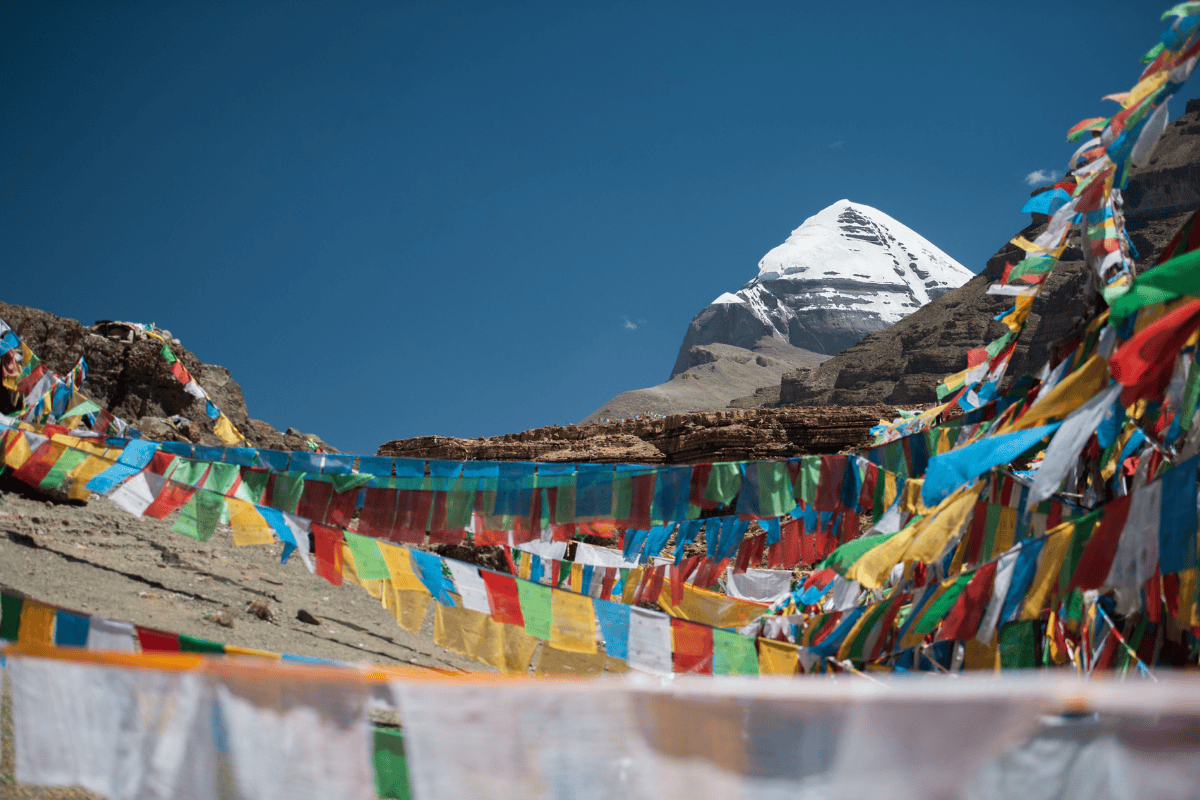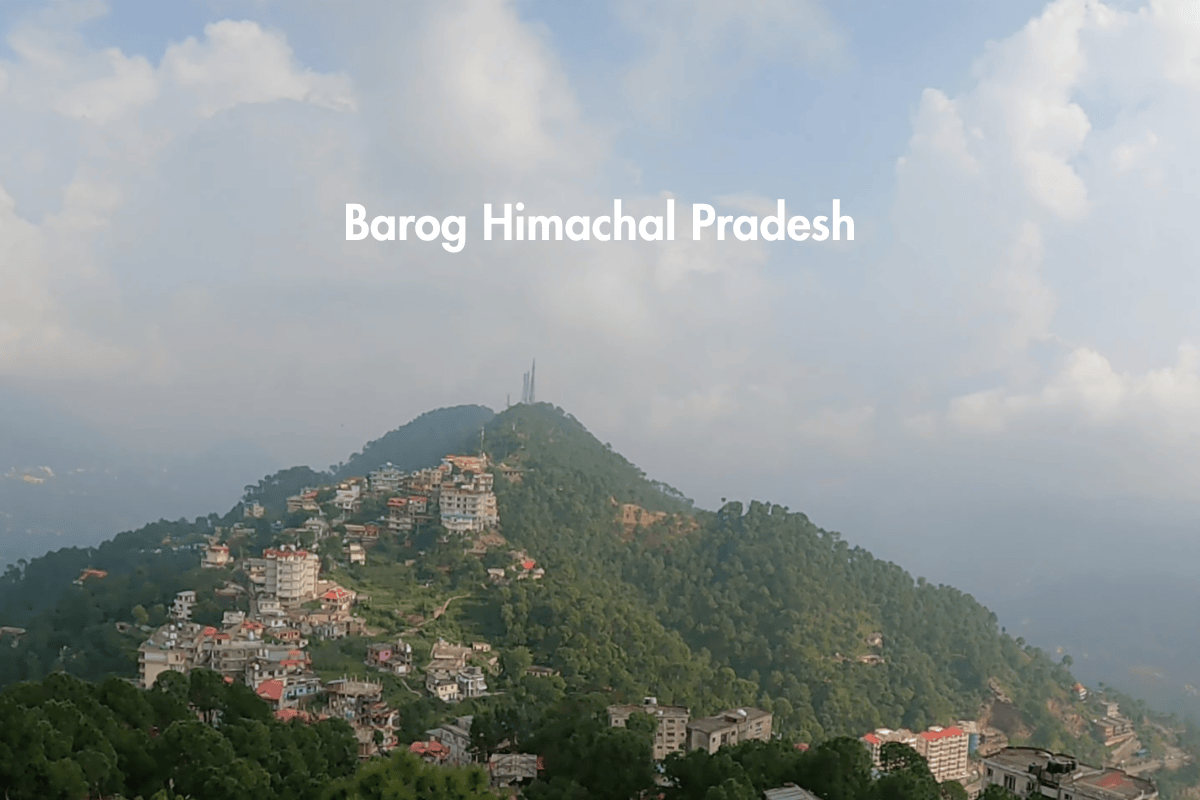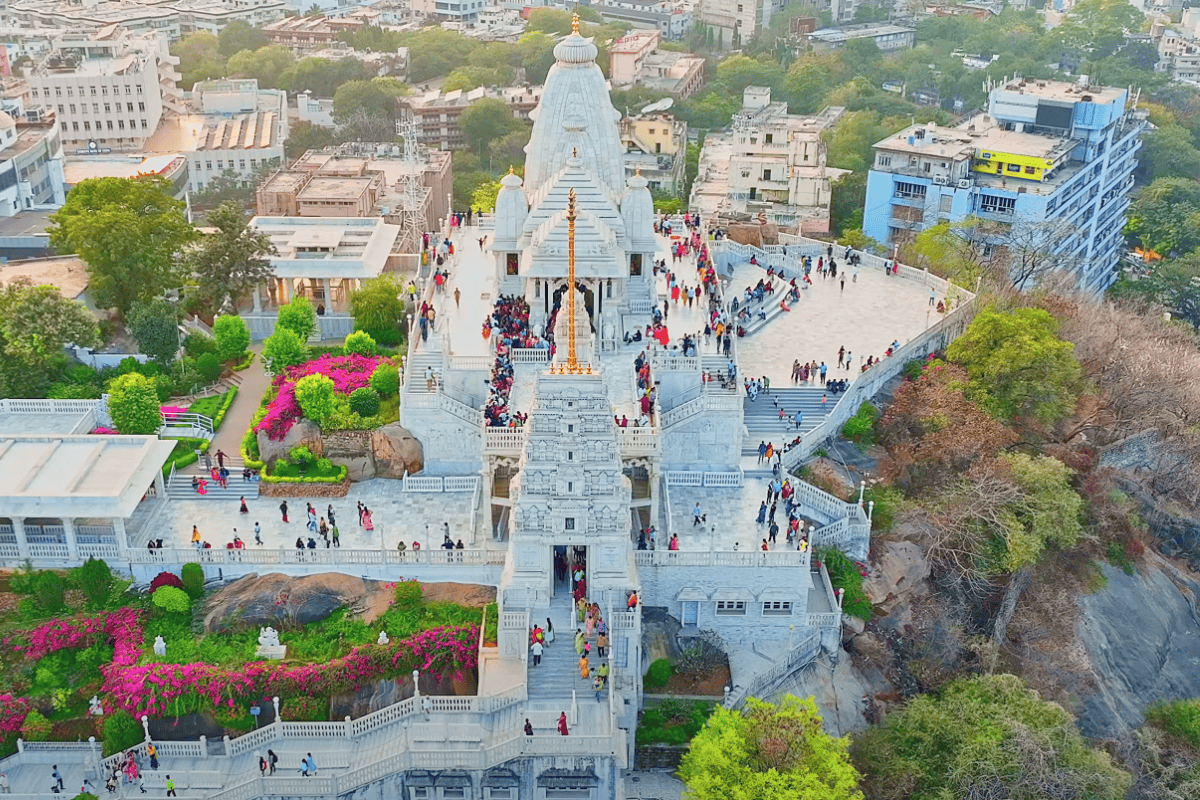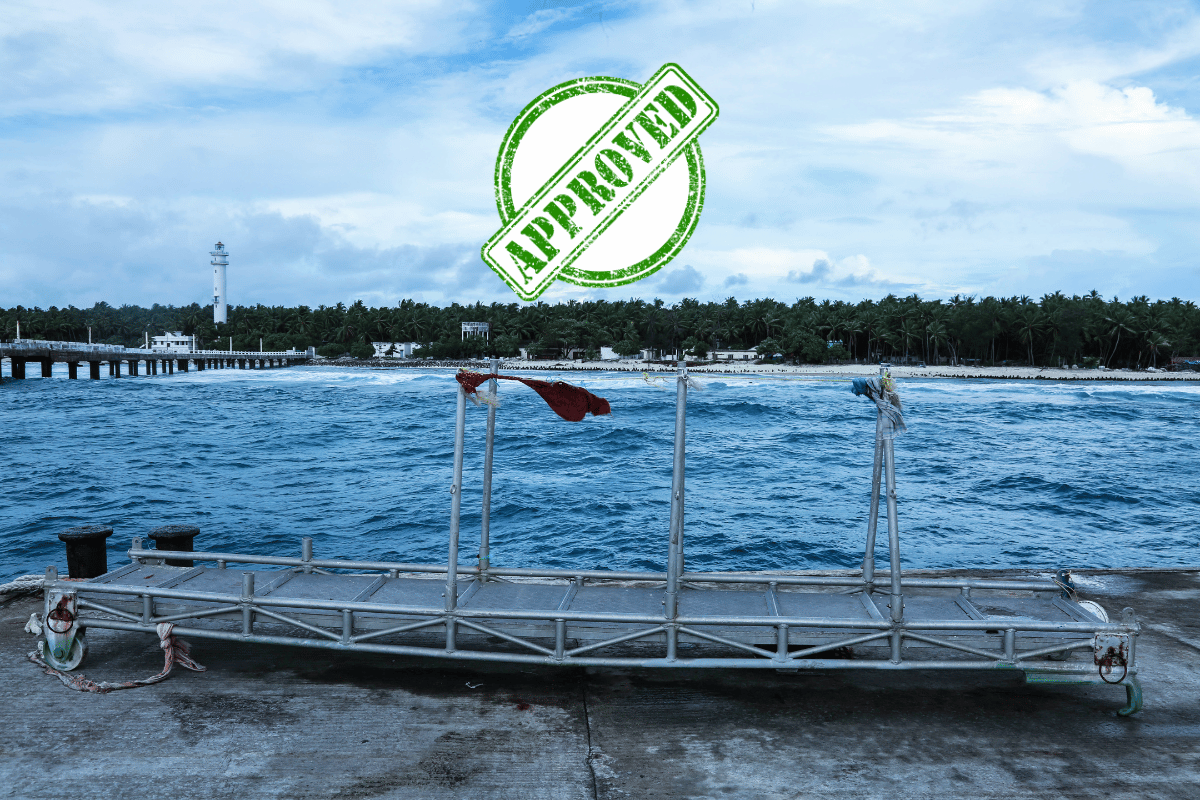Agumbe Hill Station: Rainy Gem of Karnataka’s Western Ghats

Agumbe is a small but beautiful hill station located in the Western Ghats of Karnataka. It is often called the “Cherrapunji of South India” because it gets a lot of rainfall every year. The weather is cool, the place is full of greenery, and the roads are surrounded by tall trees and fresh air. If you like peaceful places, forest walks, and nature, Agumbe is the perfect spot for a short and relaxing trip.
Agumbe is also famous because the old and popular TV serial “Malgudi Days” was shot here. The village has that same simple and natural feel even today. It is not like big tourist places – it is quiet, clean, and perfect for people who want to stay away from the crowd.
Table of Contents
What is Agumbe Famous For?
Agumbe is known for many special things. First, it is one of the rainiest places in South India, so you will always find it green and fresh.

Second, it is home to the King Cobra, and many researchers come here to study snakes and wildlife. There is even a Rainforest Research Station in Agumbe that works to protect nature.
Agumbe is also famous for its beautiful sunsets. People from nearby cities come here just to see the sun go down behind the mountains. The area has many waterfalls, narrow forest paths, and small homestays where you can enjoy a peaceful village life.
Best Places to Visit in Agumbe
1. Agumbe Sunset View Point – A Magical View You Shouldn’t Miss
One of the most famous and must-visit places in Agumbe is the Agumbe Sunset Point. It is located on the Agumbe Ghat road, just a short distance from the main village. This viewpoint is on top of a hill, and from here, you can see a wide, beautiful view of the green forests, valleys, and on clear days, even the Arabian Sea far away.

The sunset here is truly magical. As the sun starts to go down, the sky changes colour slowly – from yellow to orange, and sometimes pink and purple. The whole valley gets covered in soft golden light, and it feels like nature is showing its best side. The fresh breeze and silence make the moment even more peaceful. You’ll find locals, tourists, bikers, and photographers all waiting quietly to catch that perfect sunset shot.
Best time to visit Agumbe Sunset Point
The best time to visit is between 5:30 PM to 6:30 PM, but it’s good to reach a little early to find a nice spot.

There are no big shops or stalls here, so carry some water and snacks if needed. The area is clean, quiet, and safe, but avoid visiting too late in the evening as it gets dark quickly in the hills. If you are in Agumbe, this sunset point is something you just can’t miss. It’s not just a view – it’s a feeling that stays with you forever.
2. Jogigundi Falls
If you love waterfalls and peaceful nature spots, then Jogigundi Falls is a must-visit place in Agumbe. It is a small and beautiful waterfall, located just about 3 km from Agumbe town. What makes this waterfall special is that it’s not too crowded and still feels natural and untouched.
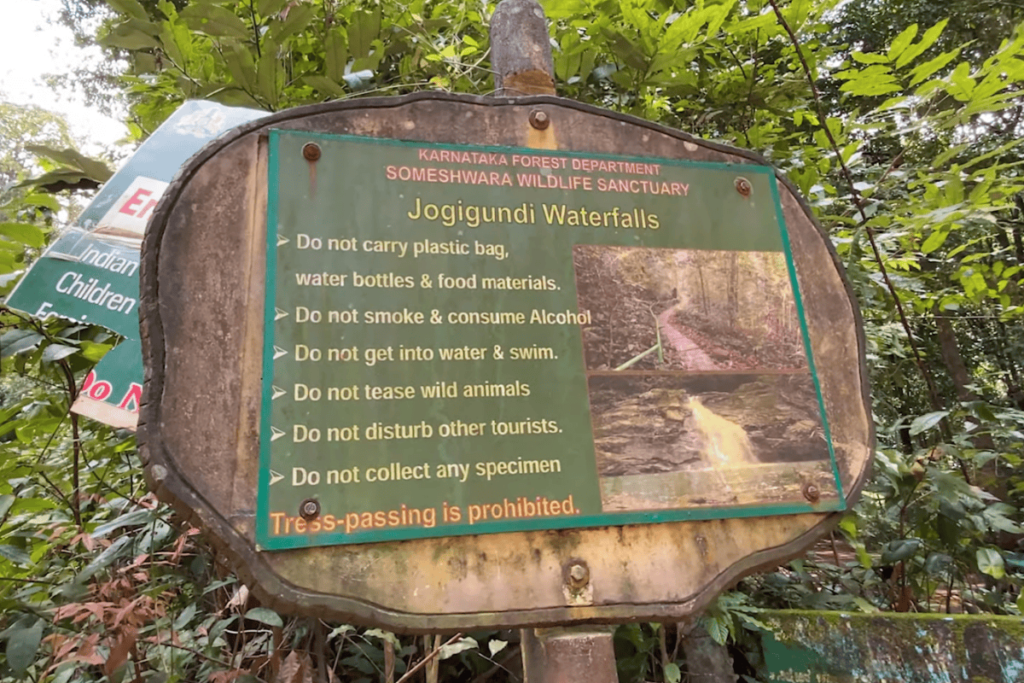
How to reach Jogigundi Falls?
To reach the falls, you’ll need to walk a little through a forest path. The walk is easy and short — around 10 to 15 minutes — and along the way, you’ll see tall trees, fresh air, and the sounds of birds and insects. Once you reach, the sight of water falling from a rock cave into a clear pool is truly refreshing.
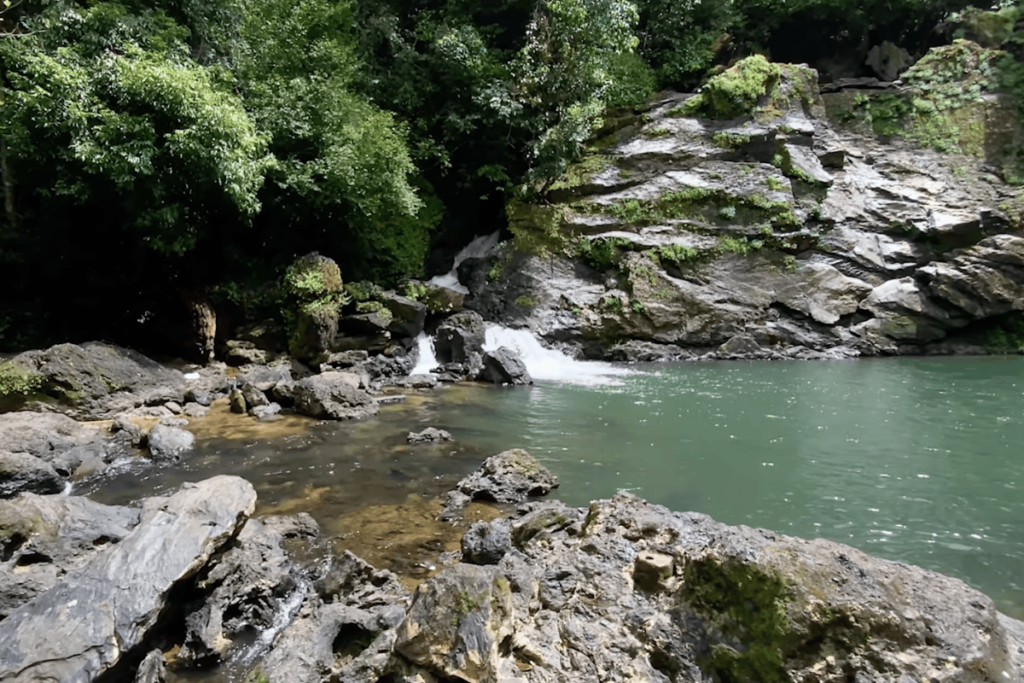
The water here is cold and clean, and many visitors enjoy dipping their feet or even taking a quick bath. The pool is not too deep, so it’s safe for children too, but it’s always best to be careful. The surrounding rocks and trees make it a great spot to relax, take photos, or just sit and enjoy nature.
Best time to visit Jogigundi Falls
Jogigundi Falls is best visited during or just after the monsoon season (June to October) when the water flow is strong, and the forest looks fresh and green.
If you’re in Agumbe and want to enjoy a peaceful time near water, Jogigundi Falls is the perfect nature spot to explore.
3. Barkana Falls & View Point – One of the Tallest Waterfalls in Karnataka
Barkana Falls is one of the most stunning and tallest waterfalls in Karnataka, located deep inside the forest near Agumbe. It drops from a height of around 850 feet (260 metres) and is formed by the Seetha River. The name ‘Barkana’ comes from the word ‘Barka’, which means mouse deer in the local language, as this small animal is often found in the area.
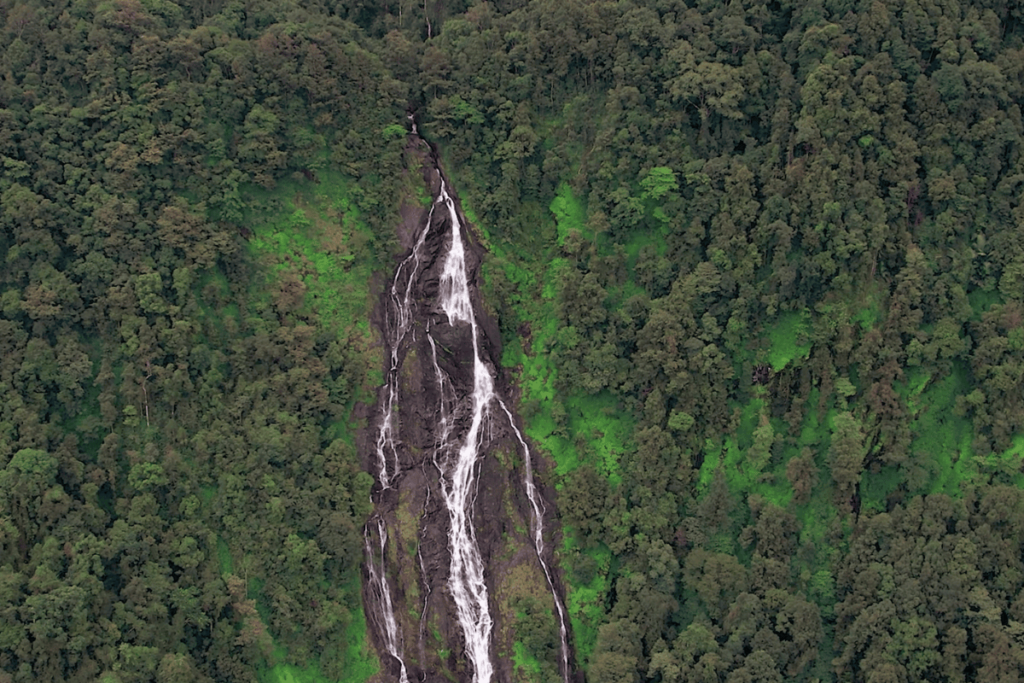
How to reach Barkana Falls?
This waterfall is not right next to the road, so reaching it is a small adventure. You’ll need to go on a short trek or forest walk from the Barkana View Point, which is about 10 km from Agumbe village. The trek is not very difficult but does pass through thick forest, so it’s better to go with a local guide or group. Along the way, you’ll hear birds chirping, see tall trees, and feel the fresh mountain air.
Once you reach the viewing point, the sight is breathtaking. You’ll see water falling from a huge height, surrounded by green valleys and hills on all sides.
Best time to visit Barkana Falls
During monsoon or post-monsoon season (July to October), the waterfall is in full force and looks even more powerful and beautiful. On clear days, the view stretches very far, showing you the raw beauty of the Western Ghats.
Barkana Falls is not just for sightseeing, but also for those who love adventure, photography, and being close to nature. It’s peaceful, untouched, and gives you the feeling of being in a different world.
4 Agumbe Rainforest Research Station
The Agumbe Rainforest Research Station (ARRS) is a special place in Agumbe, made for people who study and protect nature. It is located inside the forest and is known for its work on saving King Cobras, snakes, and other wild animals. This station is not a tourist spot like a park, but it is a very important place for the study of wildlife and rainforests in India.
The station was started by herpetologist Romulus Whitaker, a man who loved snakes and worked to protect them. Because Agumbe has one of the highest populations of King Cobras, it became the perfect place to set up this research station. The people here do a lot of work like observing animals, planting trees, and teaching locals about the importance of forests.
Who can visit Agumbe Rainforest Research Station
Visitors are not allowed to enter freely, as it is not meant for sightseeing. But if you are a wildlife student, nature researcher, or part of an educational group, you can take permission and learn about how scientists work in the jungle.
Even though normal tourists can’t go inside, just knowing that such a place exists makes your visit to Agumbe feel even more special. It shows that Agumbe is not just a hill station, but also a home to rare animals and a centre for forest protection.
If you’re lucky, while exploring the nearby forest or talking to locals, you might even hear stories of King Cobra rescues or sightings near the station!
Best Time to Visit Agumbe
Agumbe is beautiful all through the year, but the best time to visit depends on what kind of experience you are looking for.
Monsoon season:
If you love rain, greenery, and misty weather, then the monsoon season (June to September) is perfect. During this time, Agumbe looks like a fairy tale — with rain-soaked forests, flowing waterfalls, and clouds covering the hills. But keep in mind, it rains heavily, so carry raincoats and be ready for wet conditions.
Winter Season:
If you prefer clear weather, nature walks, and photography, then visit between October and February. This is the winter season, and the weather is cool, fresh, and very comfortable for sightseeing. It’s also the best time to watch the sunset from Agumbe Sunset Point and explore waterfalls like Barkana and Jogigundi.
Summer Season:
Avoid visiting in the peak summer months (March to May), as it gets slightly warm during the day, although evenings are still pleasant. Overall, for the best experience, plan your trip right after monsoon or during winter.


